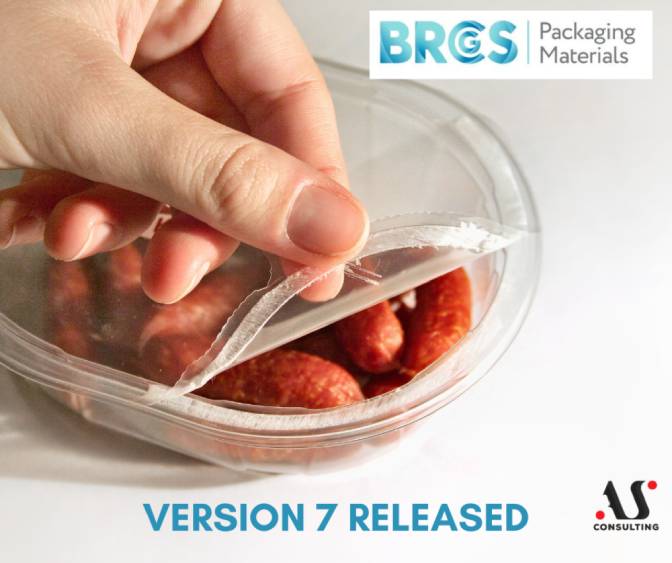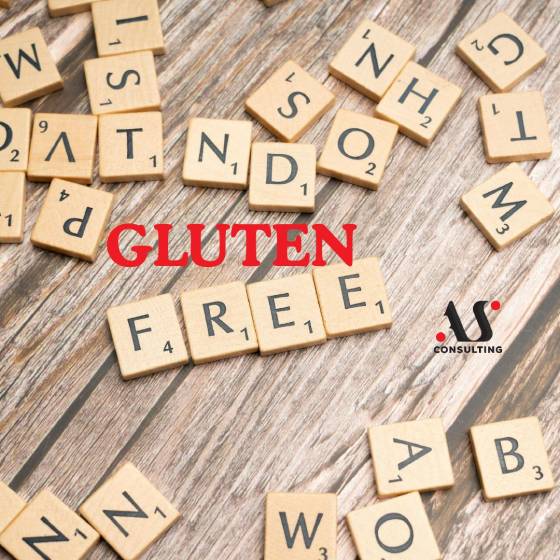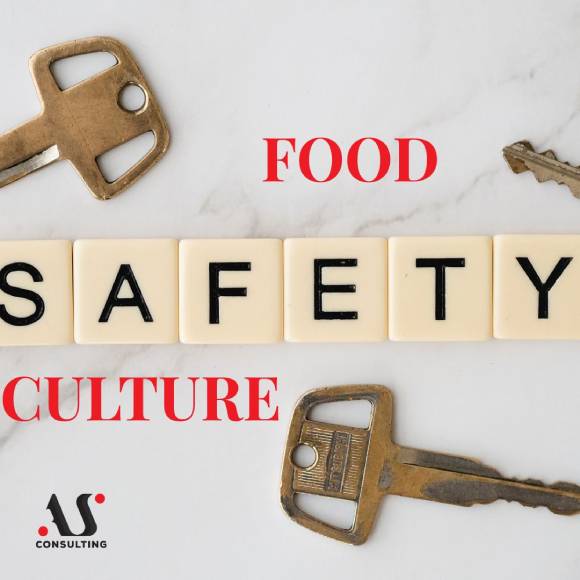
STORIES FROM PRACTICE – Part One: INTEGRITY AUDIT
November 5, 2024
STORIES FROM PRACTICE – Part Two: WATER
November 21, 2024The primary function of food packaging is to protect food from chemical, physical, and other environmental factors or to extend the product’s shelf life (e.g., MAP packaging – modified atmosphere packaging). But what happens when the packaging itself becomes a potential food safety hazard? To prevent this, it’s advisable to establish your packaging quality and safety management system according to recognized standards. Here, we will discuss the BRC Packaging Materials standard and focus on its latest release, Version 7.

What is BRC Packaging Materials?
BRC Packaging Materials is a standard developed to certify companies that produce packaging for food manufacturers, thus protecting consumers from potential hazards posed by the packaging itself. The first edition was published in 2001, and the latest Version 7 was released on October 28, 2024. Companies may certify according to Version 6 until April 28, 2024, after which certification under Version 7 will become mandatory.
The standard applies to packaging intended for:
- Food, beverages, and pet food
- Hygienically sensitive products for the cosmetics and pharmaceutical industries
- Raw materials and single-use products (disposable items)
The standard does not apply to packaging or materials (except for traded products) that have not undergone any process at the location being audited or to activities related to wholesale, import, distribution, or storage outside the company’s direct control.

Structure of the Standard
The standard follows the classic BRC structure and consists of requirements for:
- Senior management responsibility
- HACCP
- Quality and product safety management
- Site standards
- Product and process control
- Personnel
- Traded goods
What’s New in Version 7
Some of the significant updates include:
- Enhancing and strengthening product safety understanding and quality culture to improve transparency and coherence in supply chains
- Formal inclusion of single-use product manufacturing within the scope of the standard
- Increased importance of allergen management (the standard recognizes that allergenic components are rare in packaging products but that allergen management at manufacturing sites is important, thus raising awareness and training on allergens within the standard)
- Expanding audit options to include combined announced audits and the use of information and communication technology
- Ensuring global applicability with requirements aligning with the Global Food Safety Initiative (GFSI) standards
- Simplifying supply chain assurance expectations to minimize potential risks
As in other standards from the BRC family, at least one unannounced audit is mandatory within the three-year audit cycle, with audit time split 50% – 50% between site inspection and documentation review.

Are you ready for these updates? If you need help implementing the new requirements or training employees, feel free to reach out to our agency!!!




